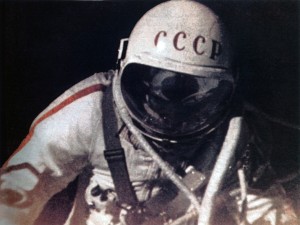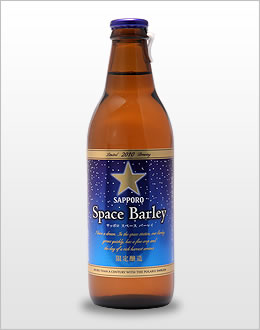Crowd-Funding Exploration
I was talking to my friend Alan Stern the other day. We both worked at the same lab at the University of Colorado and had the same advisor when we were in grad school. If you don’t know about Alan, Google him sometime. He’s packed a lot of experience into his life, and is probably one of the most energetic and forward-thinking people I know. Even talking quietly over his mobile phone so he wouldn’t wake up the rest of his family, Alan radiated energy.
So, what’s got Alan excited these days? One word: Uwingu. It’s the Swahili word for “the sky”, and the name of a new project called the Uwingu Fund that he and a group of friends started. What the team wants to do is crowd-source space exploration and science research that is deserving of funding, but isn’t getting it in these days of austere budgets. “We want this to be a “gate fund” for space,” he said. “There’s nothing else like it. We’re selling something of broad interest around the world and the dollars will go toward space exploration. We’re hoping to do something transformational.”
Uwingu Fund lets people donate money in exchange for “perks”. The funds they share will be used in as a “private sector” funding mechanism that could bring millions or tens of millions of dollars annually for space projects of all kinds. For example, it will provide grants to people who propose meritorious projects in space exploration, space research, or space education. As Alan puts it some of the money will be used to fund people as projects. “It’s a very different way to fund research from the past. It’s a very 21st-century model,” he said. “It will be peer-reviewed, just as other science grant proposals are. We’ll have review panels to help select the deserving projects.”
The idea was seeded by Alan’s experiences at NASA, his involvement with the New Horizons mission (which will reach Pluto in three years), and, more recently, by a series of “bake-sale” and “car wash” and “shoe shining” type fundraisers he spurred. “People would come up to me at those events and ask me, ‘what can I do to help?’,” Alan mused.
He pointed out what many of us have known for years but somehow gets missed by the media and the political elites: that many, many people across all walks of life ARE interested in space exploration and science, and they want to be a part of it. Maybe they don’t all get to be astronauts, but they get to know that something they contributed to is making science good. For example, many folks have their names embedded on a microchip that went to Mars onboard on the Curiosity rover. I sent MY name in, and it gives me a little frisson of wonder each time I think about it. And, as I pointed out in another entry here, it only cost me $7.00 in taxes for that whole mission. Not a bad return on investment, and a heck of a lot healthier (mentally and physically) than a deep-fried meal at a fast-food joint.
I like Alan’s idea and I’ll be getting involved. As I mentioned above, Uwingu Fund is offering perks, just as other crowd-sourcing sites do. And, I’ll happily take a perk. But, for me, the biggest perk will be seeing some worthwhile science get funded that would have otherwise been ignored in the science-unfriendly political environment we face today. We need science to move forward, both as individuals and as a species. And Uwingu Fund is a way to help that happen. It’s is new, it’s just getting started, but I do think that the group behind it will achieve great things and help others to do the same. So, check it out and get in on moving us forward.





